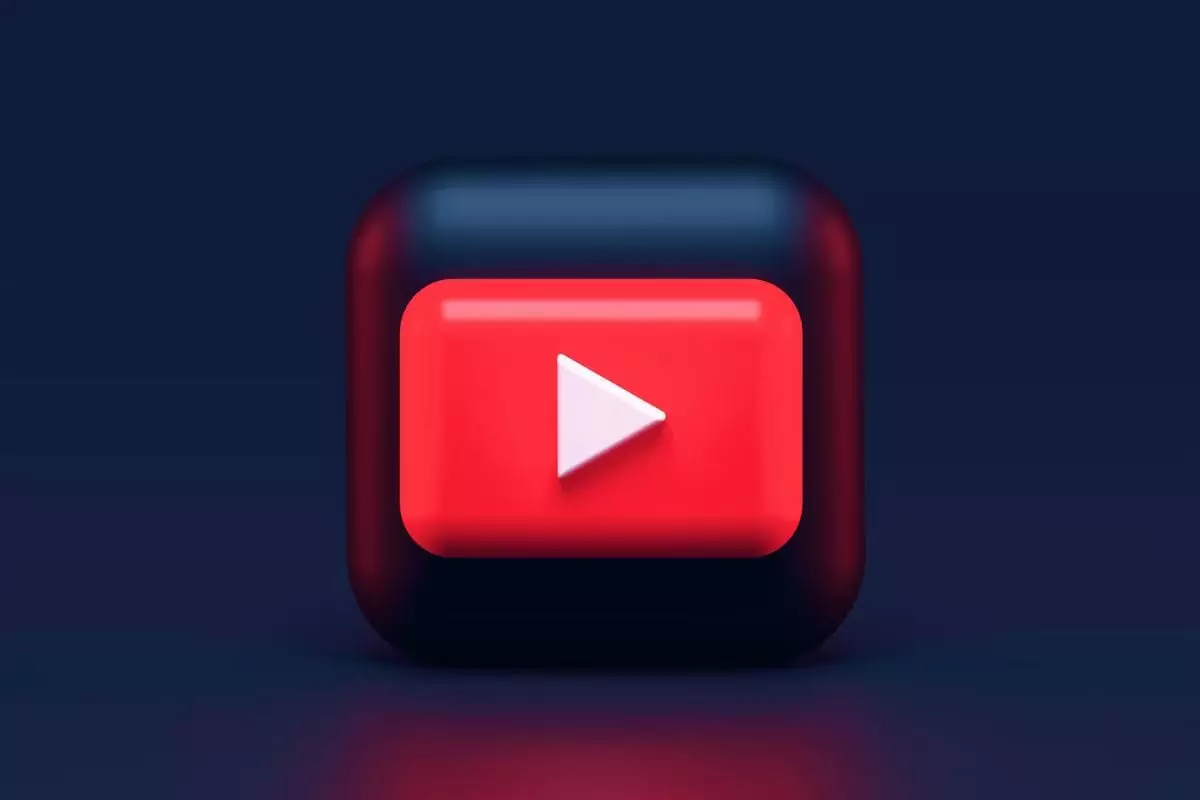In the ever-changing world of digital advertising, YouTube has established itself as a dominant force, continually evolving its approach to meet the demands of its massive user base. Recently, however, users have expressed concerns regarding the visibility of the “skip button” that typically appears on skippable ads. Reports indicate a confusing trend where some viewers are unable to locate this elusive button, while others only see it after the ad countdown has elapsed. This issue has raised questions about YouTube’s intentions and the underlying changes being implemented in its advertisement interface.
In response to the growing confusion, YouTube has publicly stated that it is not intentionally manipulating the visibility of the skip button. Instead, they argue that their experimentation with the ad interface aims to enhance the viewer experience. By reducing certain visual elements within the ad player, YouTube asserts it is enabling users to better engage with the ad content itself. This assertion, however, may fall on skeptical ears as users grapple with disruptions to their usual ad-viewing experience. Compounding this issue, a YouTube spokesperson stressed that the skip button is still present, only now it appears after a consistent five seconds of viewing a skippable ad.
Despite YouTube’s assurances, many users are experiencing frustration. A growing number of people have taken to social media platforms like X (formerly Twitter) to voice complaints about the hidden skip button. Anecdotal evidence suggests these incidents are not isolated, leading to a swell of discontent among viewers who feel misled—many expected a straightforward, user-friendly experience when navigating ads. Some users allege that the absence of the countdown timer, which typically indicates how long they must endure an ad before skipping, contributes to a sense of opacity. This perceived lack of transparency only aggravates feelings of annoyance, inciting speculation that YouTube might be testing a strategy to keep viewers locked into ads for longer durations.
Adding another layer to its evolving platform, YouTube recently announced a significant change: the maximum length for Shorts will increase from one minute to three minutes. This decision comes in response to an increasingly competitive landscape where platforms aim to capture the fleeting attention of users. While expanding the format for Shorts could give creators more flexibility and breathing room for storytelling, it also raises questions about the balance of content consumption on YouTube—a platform already rife with various content forms ranging from long-form videos to quick Shorts.
The contrasting experiences reported by users further underline the chaotic environment that can arise during testing phases. Some users have shared screenshots indicating that not only is the skip button obscured, but the entire countdown timer is absent, sometimes masked by graphical glitches or overlays. Meanwhile, some reports reveal that the skip button appears after a brief delay, leaving viewers perplexed as to why their experiences differ wildly based on their geographical location or random testing criteria.
While a YouTube representative laid the groundwork for understanding these discrepancies, they acknowledged that geographic limits might account for the variations in user feedback. If the changes experienced by users are merely glitches or part of a phased rollout, one wonders how long it will be before clarity comes to a broader audience.
As YouTube continues to grapple with balancing ad revenue and user experience, the scrutiny surrounding the skip button aligns with broader themes in digital media. Viewer engagement remains at the forefront of YouTube’s objectives, yet the growing discontent from users regarding ad visibility cannot be ignored. Whether the changes ultimately improve the advertising experience or stifle user satisfaction remains to be seen. As users await further clarity, it is essential for platforms like YouTube to navigate this tension delicately, ensuring transparency and maintaining trust in the digital advertising ecosystem.


Leave a Reply